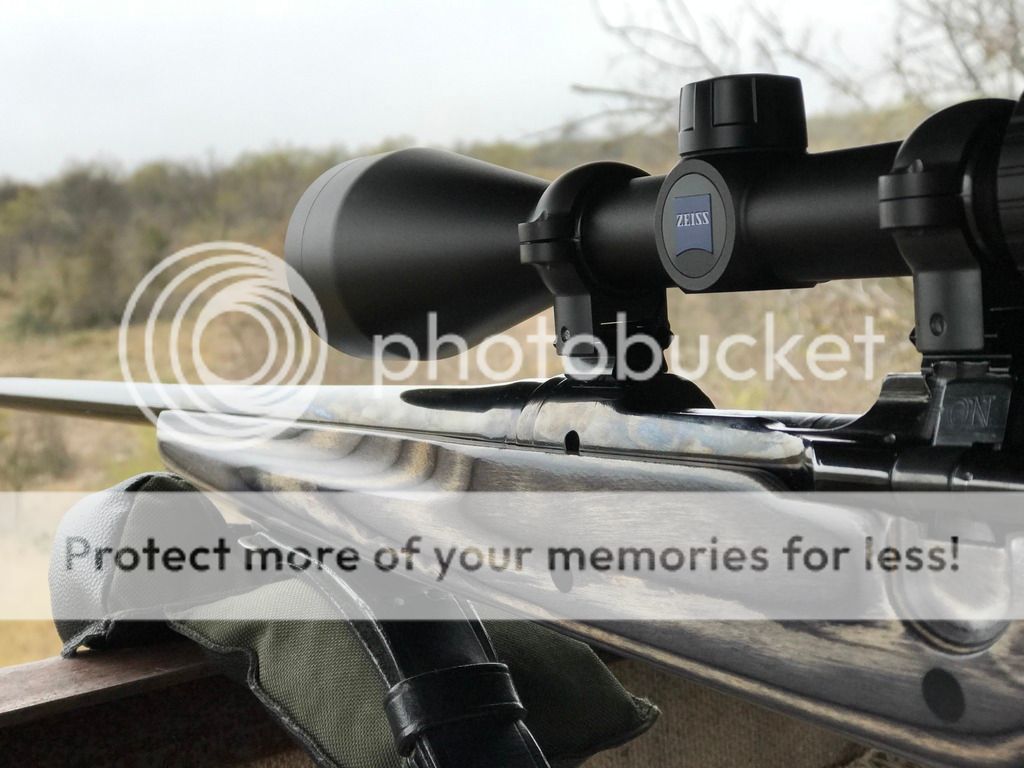What I do first is check to see if the rings are properly aligned with each other.
On most rifles, I use two piece Redfield mounts & rings. My next step is to center the reticle in the scope, both windage and elevation.
After centering the reticle, I use the windage adjustment of the rear mount to get the windage sighted in. If the group hits to the left, move the rear of the scope to the left. If the group is to the right, move the rear of the scope to the right.
Once I've got the windage dialed in, I zero the rifle using the scope turrets. When the erector set is too far to the left or right, it will limit erector set elevation travel because the erector set will hit the side of the scope tube



